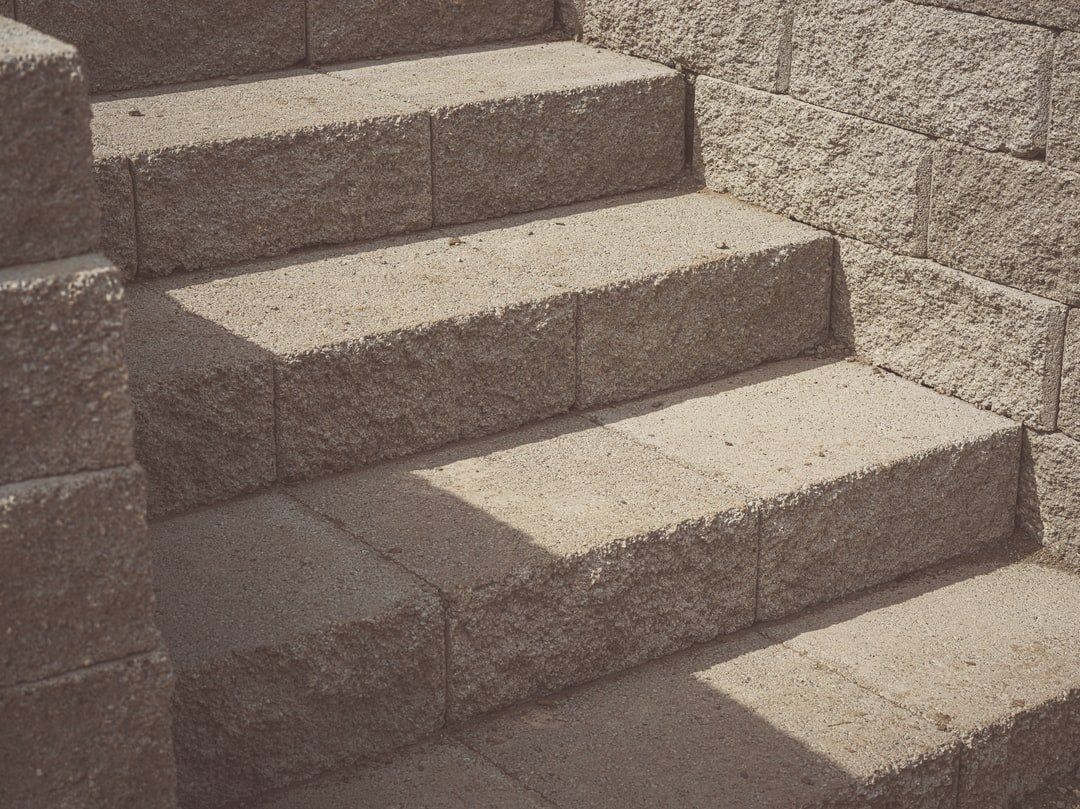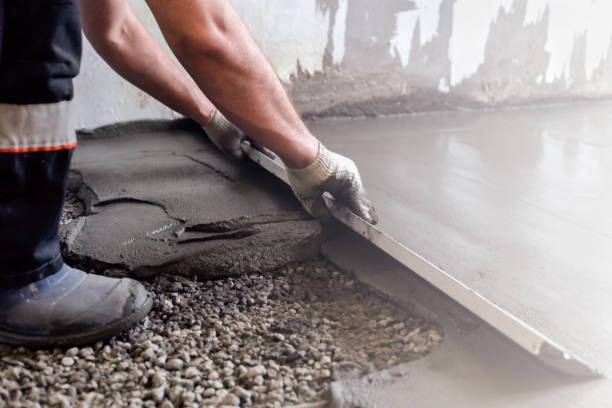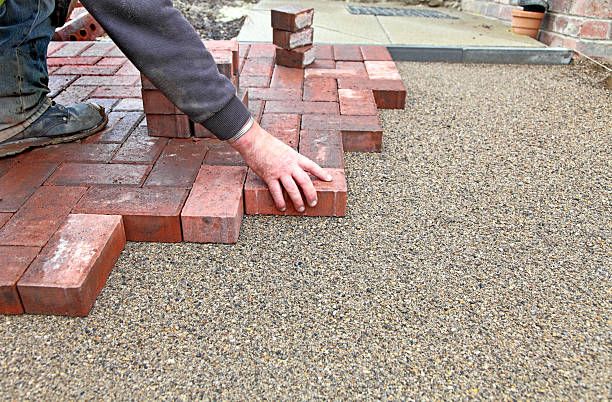Types of Masonry Walls (construction)
Types of Masonry Walls
Masonry construction is a popular way to build walls, and there are several types of masonry walls you can choose from. In this blog post, we'll introduce you to four types of masonry walls and tell you what each one is best used for. We'll also give you some tips on choosing the right type of masonry wall for your project. So, if you're interested in learning more about masonry construction, keep reading!
Masonry Wall Types
There are various types of masonry walls used in building construction. Masonry walls are the most durable part of any building or structure. They provide strength, durability to the structure and also helps to control indoor and outdoor temperature. It separates a building from outside world. Masonry is the word used for construction with mortar as a binding material with individual units of bricks, stones, marbles, granites, concrete blocks, tiles, etc. Mortar is a mixture of binding material with sand. Binding materials can be cement, lime, soil. The durability and strength of masonry wall construction depends on the type and quality of material used and workmanship.

Based on the type of individual units used for masonry walls and their functions, a few types of masonry walls are:
1. load bearing masonry walls. Load bearing masonry walls are constructed with bricks, stones, or concrete blocks. These walls directly transfer loads from the roof to the foundation. These walls can be exterior as well as interior walls. The construction system with load bearing walls are economical than the system with framed structures. The thickness of load bearing walls are based on the quantity of load from roof it has to bear. For example, a load bearing wall with just a ground floor can have its outer walls of 230 millimeters while with one or more floors above it, based on occupancy type, its thickness may be increased. The load-bearing walls can be reinforced or on reinforced masonry walls.
2. Reinforced masonry walls. Reinforced masonry walls can be load bearing walls or non-load bearing walls. The use of reinforcement in walls helps it to withstand tension forces and heavy compressive loads. The un-reinforced masonry walls are prone to cracks and failure under heavy compressive loads and during earthquakes. They have little ability to withstand lateral forces during heavy rain and wind. Cracks also developed in un-reinforced masonry walls due to earth pressure or differential settlement of foundations. The size of reinforcement, their quantity, and spacing are determined based on the loads on the walls and structural conditions.
3. Hollow masonry walls. Hollow or cavity masonry walls are used to prevent moisture reaching the interior of the building by providing hollow space between outside and inside face of the wall. These walls also helps in temperature control inside the building from outside wall, as the hollow space restricts heat to pass through the wall. When the wall is exposed to moisture for a sustained period and penetrates through the outer face, the water reaches the cavity or the hollow space and flows down. Then they are drained through the weep holes to the exterior of the building. These hollow spaces may be coated with water repellent coating or damp-proofing to further reduce the ingress of moisture.
4. Composite masonry walls. These walls are constructed with two or more units, such as stones or bricks and hollow bricks. This type of masonry wall construction is done for better appearance with economy.
To Wrap UP
Masonry walls are one of the most durable parts of any structure. They provide strength, stability and character to a building or home. If you need help with your masonry wall or any other mason project, call us! We have all types of masonry projects covered from new construction to restoration work for historic properties. Give us a call today and we’ll be happy to answer any questions you may have about our services in Fresno and Visalia California areas.
You might also like




